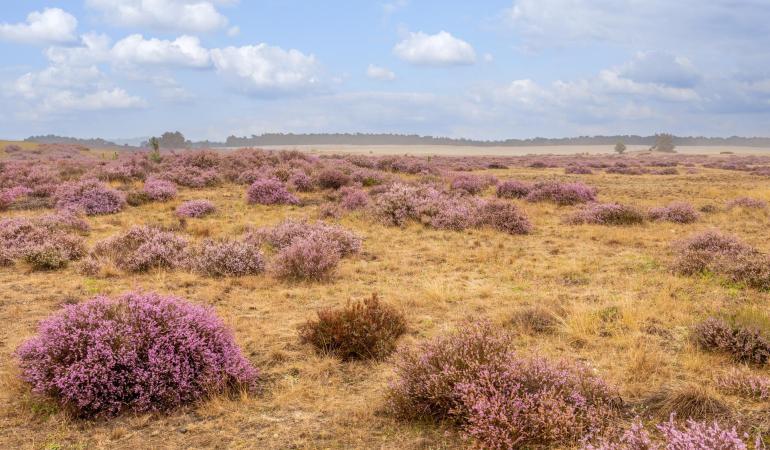
The nitrogen and nature measures that the government has implemented since 2021 are expected to make a positive contribution to the future quality of nature. The average exceedance of the critical loads for nitrogen deposition will decrease by a third up to 2030. However, the nitrogen targets laid down by law are far out of reach. This is shown by a study conducted by PBL Netherlands Environmental Assessment Agency, Wageningen University & Research and RIVM. As part of the study, RIVM looked at the impact of the nitrogen measures on nitrogen deposition in the Netherlands.
The Nitrogen Reduction and Nature Improvement Act (Wet stikstofreductie en natuurverbetering, Wsn) entered into force on 1 July 2021. At the request of the Ministry of Agriculture, Nature and Food Quality , the knowledge institutes researched the progress and impact of the Nitrogen Reduction and Nature Improvement Programme resulting from the Wsn. The study looked at both measures to reduce nitrogen deposition and nature restoration measures. This monitoring and evaluation exercise will be repeated periodically.
Exceedance of the critical loads for nitrogen will decrease by a third between 2021 and 2030
The average exceedance of the critical loads for nitrogen in sensitive Natura 2000 areas is expected to decrease by a third between 2021 and 2030. The critical load is the amount of nitrogen deposition above which nature is at risk of being damaged. A quarter of the decrease can be ascribed to the Nitrogen Reduction and Nature Improvement Programme and the recent Lbv-plus scheme to close down livestock farms classified as nitrogen super-emitters.
Despite this decrease, the nitrogen targets in the Wsn are still out of reach. The study shows that the area of nitrogen-sensitive nature where the deposition level is under the critical load will increase from roughly 28 to 31% in 2030 (compared to a target of 50% by 2030). This is partly because some of the potential measures have not yet been elaborated into schemes and subsidies, and partly because the critical loads were re-evaluated in 2023, at which point they were adjusted downward for some nature areas based on new scientific insights. More nitrogen reduction is needed to achieve the targets.
Other study results
The knowledge institutes also examined the economic impact of the Nitrogen Reduction and Nature Improvement Programme. Until now, the economic impact has been limited, but there have been regional differences for livestock farms. The study also showed that there is insufficient available and usable data to gain an overview of the progress of nature restoration measures. The researchers concluded that this is an unfortunate situation that urgently needs improvement.
You can find more information about the study on the website of the PBL Netherlands Environmental Assessment Agency.